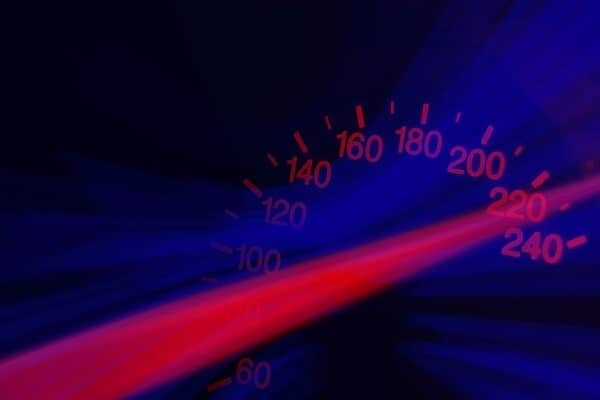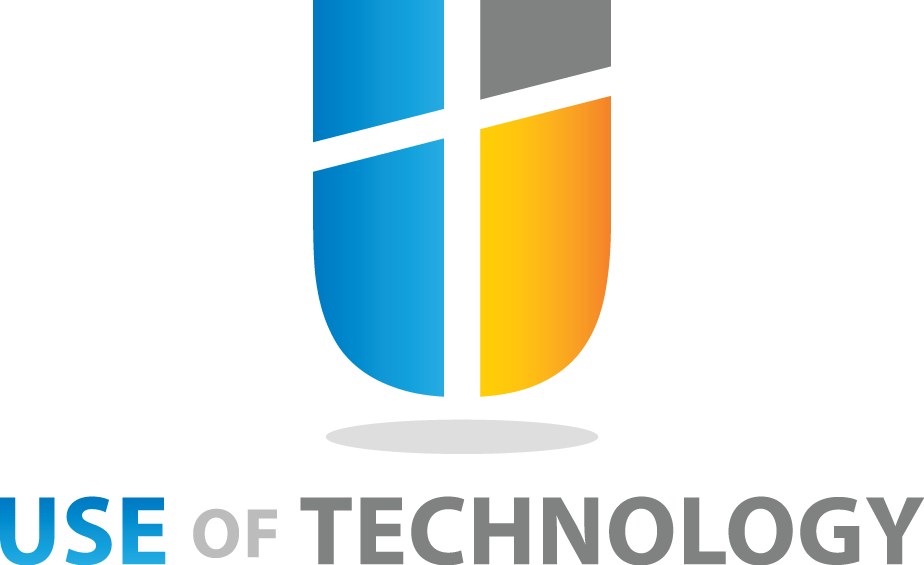We can all agree that wifi is more convenient than using an ethernet cable. The ability to bring your laptop, iPad or smartphone anywhere you like with access to the information superhighway is really one of the amazing things of our era. We honestly are all lucky to have access to this global platform connecting thousands of networks around the world whether it be with a cable or not.
Latency
Latency has become more popular lately among computer users that are not so technically inclined. Simply because it is such a huge factor in our internet quality. So what is latency? Latency is defined as different types of delays that happen when processing data from a device to its destination. It is often referred to as a “ping” in the PC world. Latency is an important variable and for example, a speed of 20Mbps can run significantly slower than a speed of 5Mbps, if there is high latency.
Typically, Ethernet is going to provide lower latency because of wifi having more error checking, protocol requirements, and other “jitter” variables such as electromagnetic interference and unstable sharing. Jitter basically is changes in the average or variation in latency and is less predictable than doing a ping to find out the specific latency at any given time.
Speed

Among many technology circles, most of them say that ethernet is faster. However, just in recent years, wifi has become increasingly faster than it was in the past.
For example, a wired Ethernet connection with a Cat6 cable can give you up to 10 Gb/s, and wifi with maximum speeds of 150 to 866.7 Mb/s secondary to new standards put in place. Just looking at these numbers you can honestly see why cable would be or can be faster.
However, the truth is the regular consumer is limited to the speed the internet provider allocates between devices that are in place to be shared. So, essentially it does not matter what amazing cable you have if your internet provider is giving you the speed of a tortoise.
When the consumer is not dependent on the internet provider and using an ethernet cable between devices, then it is faster than wifi. Such as transferring files between computers which is dependent on local hardware and nothing else but connections between the computers.
Distance
When using wifi and ethernet, like we talked about before, the maximum speed is most likely going to be in control of the provider. So, no matter what speed your wifi link, or standard is in place; the maximum speed will be what is available.
Now that we have the maximum speed available for ethernet or wifi, how does distance affect the speed?
Distance and Wifi Speeds
The speed of your wifi is going to be affected by the distance and the amount of obstruction between the signal from the wifi. The obstruction from the wifi router will be the thickness of any partition or wall and interference from the environment such as microwave signals.
As you get further away from the wifi router, it uses speed steps and is collectively known as the Dynamic Scaling Rate. For example, if starting at 54 Mbps then it would scale down collectively as such; 48 Mbps, 36 Mbps, 24 Mbps, 18 Mbps, 12 Mbps, 9 Mbps, 6 Mbps.
How does distance affect Ethernet Cable Speeds
When using a cable vs wifi, it definitely minimizes interference from obstructions and helps out on the dependency of length. Depending on how far of a distance the cable will be needed, it typically breaks down as for 100 meters the speed loss is around 0.3 percent due to higher latency. So, essentially if you had a 1000 ft. Cat6 Cable then the speed loss would vary around .9 %.

